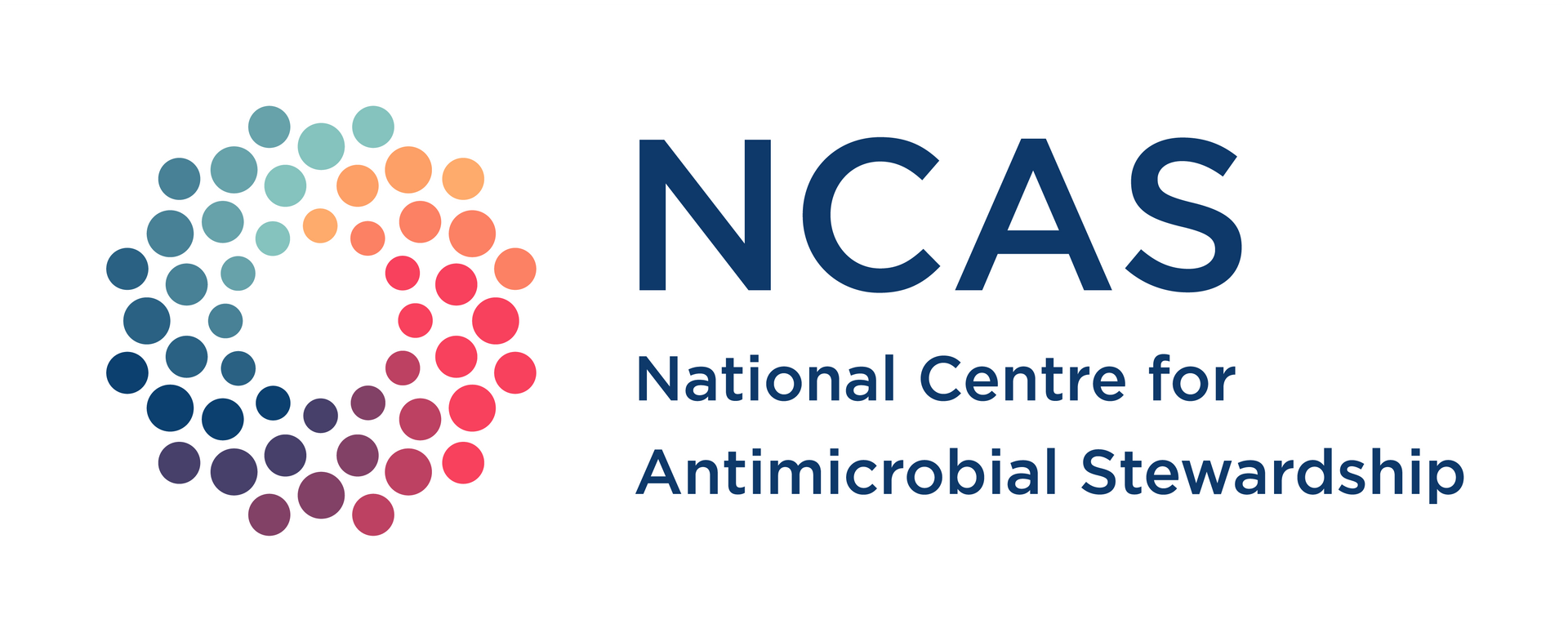Curbing inappropriate antimicrobial use in children
Brendan McMullan, Arjun Rajkhowa and Karin Thursky
(Published in Medical Journal of Australia-Insight)
Antibiotic use in Australia has been found to be highest in children in the 0–9 years age group and in adults in the over 65 years age group. International studies have indicated that inappropriate antimicrobial use in children may be common.
Australia is internationally unique in that it collects information about the prevalence and quality of antimicrobial use across acute care settings nationally, and has access to nationally aggregated data.
The National Antimicrobial Prescribing Survey (NAPS) is an online antimicrobial prescribing auditing program that has been available in Australia since 2013. Public reports on the nationally aggregated results of these audits have been published annually since 2014, but, until recently, no specific analysis of prescribing for children was included in these reports.
In a recent study, we reviewed information on antibiotic prescribing for children from Hospital NAPS audits undertaken across Australia from 2014 to 2017, which covered public and private, and major city, regional and remote hospitals.
How good is antibiotic prescribing for children in Australian hospitals?
Among over 6000 antibiotic prescriptions for children in 253 hospitals, almost 20% of prescriptions were assessed as inappropriate. Appropriateness assessments take into account a range of factors such as antimicrobial choice, timing of administration, dose, duration and others. More than half of surgical antimicrobial prophylaxis prescriptions were assessed as inappropriate. Risk factors for inappropriate prescribing included being admitted outside a specialist children’s hospital or being admitted in a rural or regional hospital.
An indication for antimicrobial use was documented in 79% (4903/6219) of prescriptions; the most frequent indications included empiric therapy for sepsis (586, 9.4% of prescriptions) and antifungal prophylaxis (571, 9.4% of prescriptions, mainly in immunocompromised children and neonates). The agents that were most commonly used for antifungal prophylaxis were oral nystatin, followed by trimethoprim-sulfamethoxazole and then the azole antifungal agents. These were generally used appropriately.
In contrast, prescriptions for surgical antimicrobial prophylaxis were assessed as appropriate in 41% of cases. Surgical prophylaxis prescriptions were assessed as inappropriate often because of incorrect duration of use (generally prolonged use). In 8% (38/459) of surgical prophylaxis prescriptions, the agent selected was assessed as inappropriate (in most cases, a broad-spectrum agent was selected when it was unnecessary).
For another common indication, community-acquired pneumonia, 25% of prescriptions were assessed as inappropriate, mainly because of inappropriate agent selection (19%; 73/378). Appropriateness also varied by antimicrobial class; for example, antiviral use was assessed as appropriate in over 95% of cases, whereas carbapenem use was assessed as appropriate in 60% of cases.
There was also less use of Therapeutic Guidelines: Antibiotic for children admitted to hospital compared with adults, perhaps reflecting a lack of specific information for children and newborns until an update in June 2019.
In primary care, audit tools to measure appropriateness do not exist. National data show a high proportion of antibiotic prescriptions for young children by global standards: in 2016–17, there were over 3 million antibiotic prescriptions for children (a per capita rate far higher than countries such as the Netherlands and Norway). The prescribing was highly variable. Children in the highest prescribing area received antibiotics 16.5 times more than those in the lowest prescribing area. A Victorian study conducted from 2010 to 2014 showed one in five individual children was prescribed an antibiotic each year, and noted an inconsistency between prescribing practice and Therapeutic Guidelines: Antibiotic recommendations.
Antimicrobial stewardship and meeting standards of care
Antimicrobial stewardship (AMS) encompasses a range of strategies and programs that can improve prescribing and limit the spread of antibiotic resistance. Since 2013, all Australian hospitals have been required to meet AMS criteria within the National Safety and Quality Health Service Standards, which require services to provide access to guidelines and review prescribing practice in their facilities. An updated version of Therapeutic Guidelines: Antibiotic was published in June 2019, and included more detailed recommendations for antimicrobial use in children and newborns. Hospitals also have access to the Hospital and Surgical NAPS, which can help monitor and improve antimicrobial prescribing. Undertaking quality audits can enhance AMS activities.
There are currently no national standards that specifically include AMS in general practice. GPs must also pay to access Therapeutic Guidelines. The product information for antibiotics contained in MIMS, which can be accessed more easily, may not be up-to-date.
We don’t have much information about the quality of prescribing in general practice. The Aged Care NAPS module was developed (and has been undertaken nationally since 2015) to improve prescribing in aged care homes, and a module for general practice was piloted in 2017–18. However, at present, we don’t have a nationally available audit tool to measure and improve prescribing for Australian children seen in primary care.
Room for improvement
We have an obligation to provide children with the best possible care. The consequences of unnecessary medication use in children can be significant. Clearly, there is room to improve antibiotic care for children. Health care providers must act together with the community to better promote and support high quality antibiotic prescribing for children.











